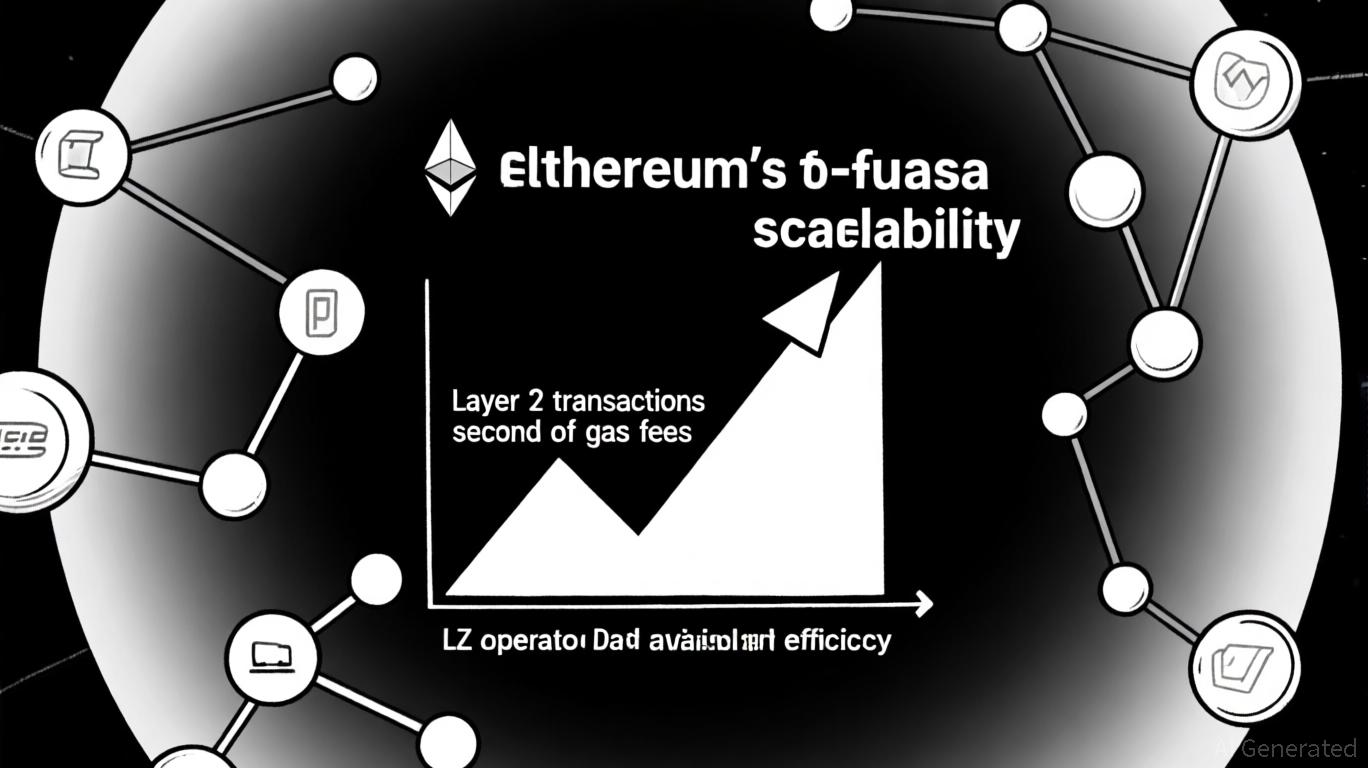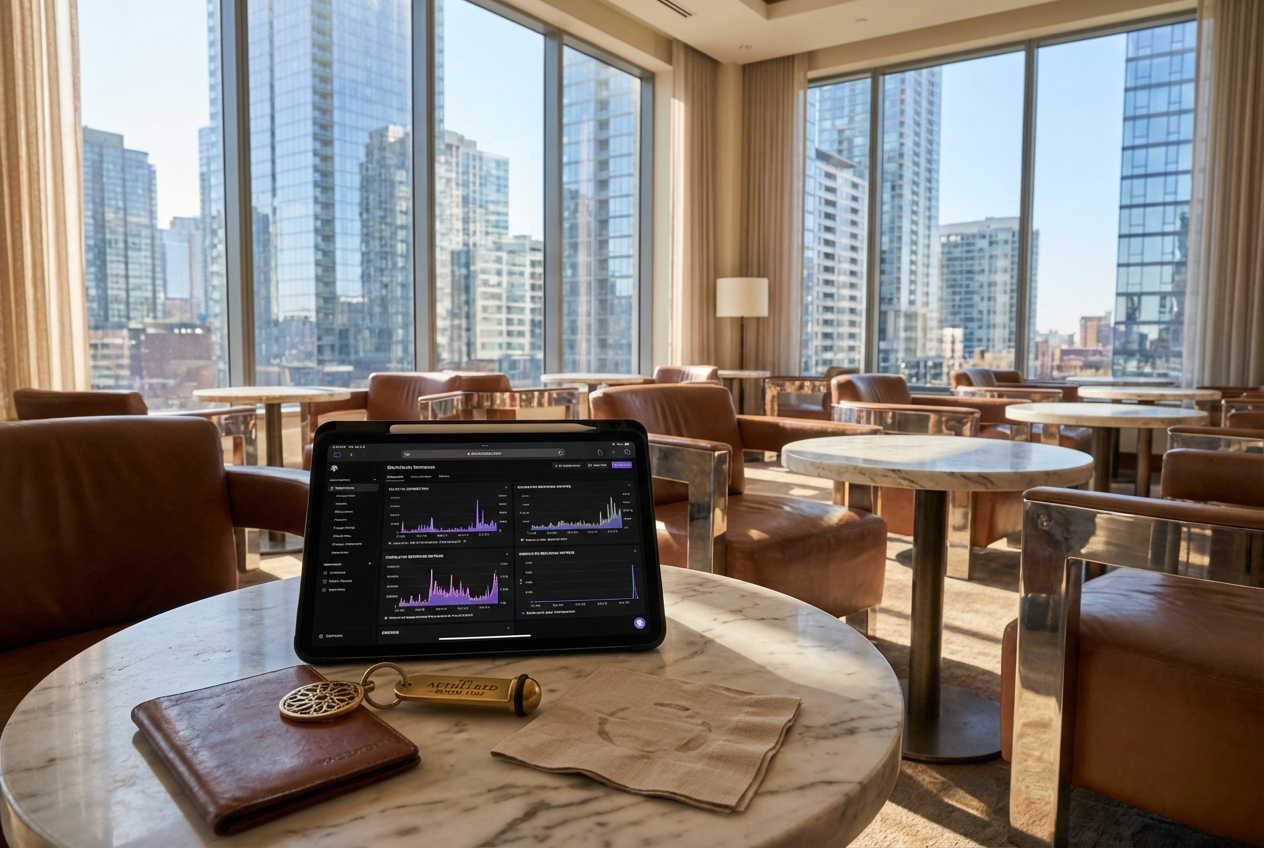
Ethereum stands at a pivotal juncture as it prepares for the Fusaka upgrade, scheduled for December 3,2025. With Ethereum’s price currently at $3,774.71, the network’s scaling ambitions have never been more urgent. Fusaka is engineered to supercharge blobspace capacity, directly benefiting Layer 2 (L2) rollups and unlocking a new era of modular blockchain performance. For DA restakers and developers optimizing for data availability, understanding the mechanics and impact of Fusaka is essential.
Fusaka’s Core Innovations: PeerDAS and Blob Capacity Expansion
The heart of Fusaka’s transformation lies in EIP-7594 and the introduction of Peer Data Availability Sampling (PeerDAS). This mechanism allows Ethereum nodes to verify only partial segments of large data blobs rather than processing entire datasets. The result is a dramatic reduction in bandwidth requirements per node, which in turn improves decentralization and enables much greater throughput for L2 rollups reliant on blob data.
PeerDAS is not just a technical upgrade – it is a fundamental shift in how Ethereum handles data availability for rollups. By lowering the cost and complexity of blob verification, PeerDAS paves the way for higher blob counts per block without sacrificing security or accessibility for light clients.
Phased Blobspace Scaling: BPO Forks and Real-Time Capacity Growth
Fusaka’s rollout strategy is intentionally gradual to safeguard network stability while scaling up capacity:
- BPO1 (around December 17,2025): Increases blob count limits from 6/9 (target/max) to 10/15 per block.
- BPO2 (around January 7,2026): Further expands limits to 14/21 blobs per block.
This phased approach means that within weeks after Fusaka’s mainnet activation, Ethereum will more than double its current blobspace ceiling. For L2s like Optimism, Arbitrum, and zkSync – all dependent on efficient DA – this translates directly into lower transaction fees and improved user experience as congestion eases and throughput grows.
The phased expansion also ensures that the cost curve remains accessible for smaller rollup operators while accommodating surging demand from larger protocols. This careful calibration distinguishes Fusaka from previous upgrades by prioritizing both scalability and economic inclusivity.
The Road to Danksharding: Laying Foundations for Modular Blockchain Scaling
Fusaka is not an isolated event; it is a foundational step towards full danksharding. By raising gas limits to 150M, introducing new data management strategies like Verkle Trees, and enabling advanced techniques such as PeerDAS, Ethereum is building the infrastructure necessary to reach its long-term target throughput of up to 1.365 MB/s.
This has significant implications not only for native rollups but also for modular DA layers like Celestia. As Ethereum increases its own blobspace efficiency, cross-chain DA solutions can leverage these improvements through restaking protocols such as EigenLayer. The interplay between these ecosystems will be critical as developers seek optimal configurations for cost-efficiency, security, and performance.
Key Benefits of the Fusaka Upgrade for Ethereum Rollup Scalability
-
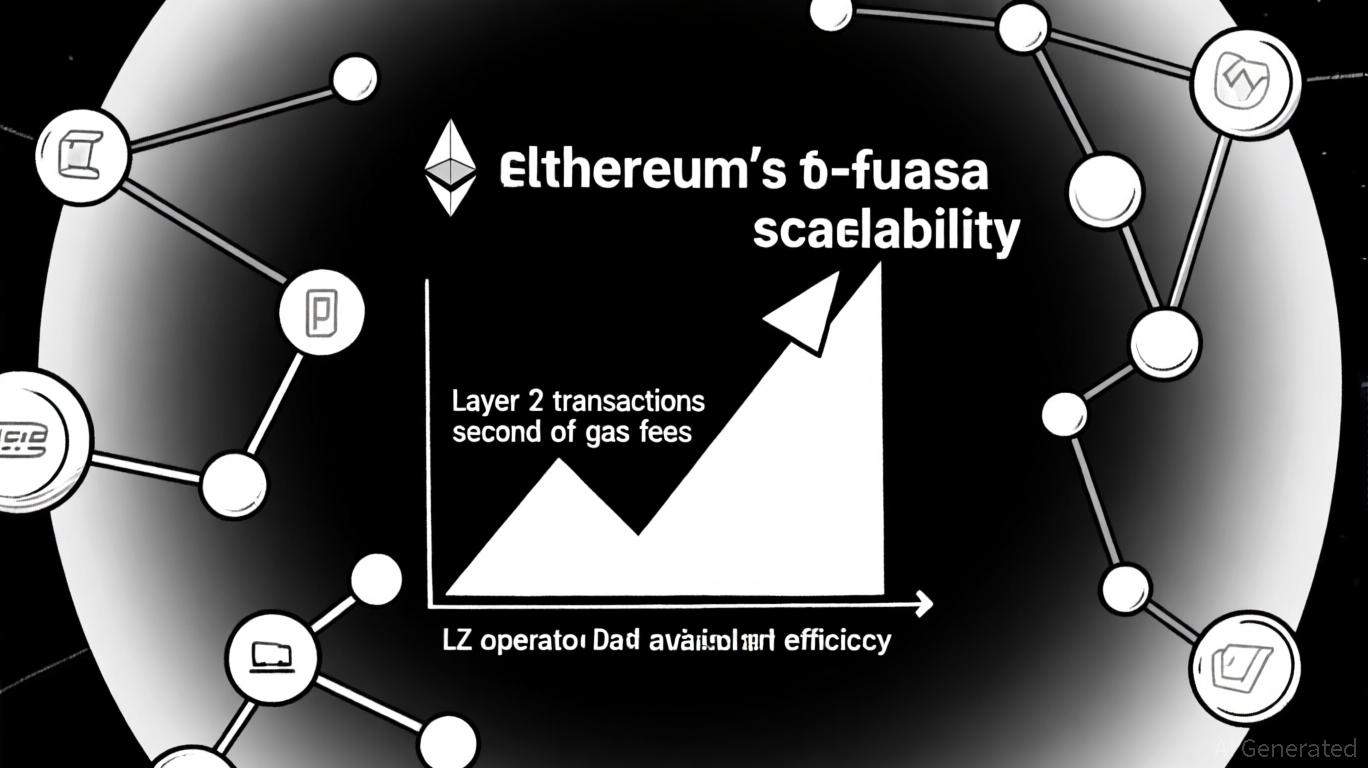
Massively Increased Blobspace Capacity: Fusaka introduces phased blob capacity expansions via BPO1 and BPO2, more than doubling the maximum number of blobs per block from 9 to 21. This directly boosts the data throughput available for Layer 2 rollups, enabling them to process far more transactions efficiently.
-
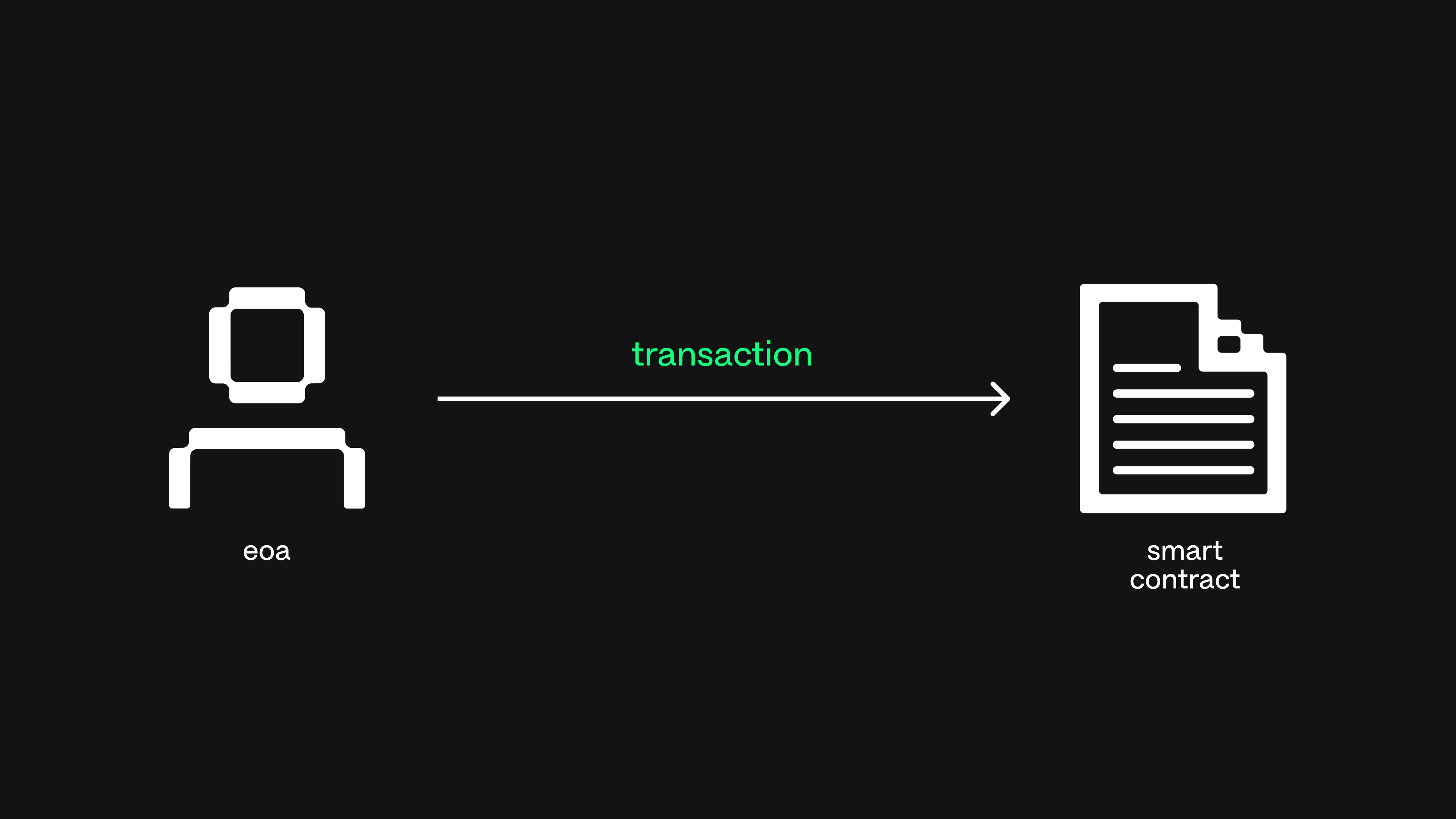
Peer Data Availability Sampling (PeerDAS): With EIP-7594, nodes can verify only portions of large data blobs instead of the entire dataset. This innovation reduces bandwidth requirements and makes it feasible for more participants to run nodes, supporting greater decentralization and scalability for rollups.
-

Lower Transaction Fees for L2 Rollups: By expanding blobspace and optimizing data availability, Fusaka is expected to significantly reduce transaction fees for Layer 2 solutions. This makes Ethereum-based applications more affordable and attractive to both users and developers.
-

Improved Network Throughput and Efficiency: The upgrade increases the gas limit to 150M and introduces advanced data management techniques like PeerDAS and Verkle Trees. These changes allow the network to handle higher transaction volumes without compromising speed or security.
-

Enhanced Decentralization and Security: By lowering the resource requirements for node operators and introducing tougher defenses against chain bloat and DoS attacks, Fusaka strengthens the overall security and decentralization of the Ethereum ecosystem.
If you want to dive deeper into how Fusaka impacts Celestia’s blobspace capacity or what developers should know about modular scaling strategies post-upgrade, check out this detailed breakdown: How the Fusaka Upgrade Expands Celestia Blobspace Capacity: What Developers Need To Know.
For DA restakers, the implications of Fusaka’s expanded blobspace and phased BPO forks are profound. As Ethereum’s throughput increases, the opportunity for blobspace restaking becomes more attractive, particularly as protocols like EigenLayer unlock new yield strategies by leveraging excess DA capacity. This dynamic will likely reshape the economics of both native and modular DA layers, fueling a new wave of competition and innovation across the ecosystem.
From an infrastructure perspective, the combination of PeerDAS, higher gas limits, and progressive blob parameter upgrades creates a robust foundation for future-proofing Ethereum against surging user activity. The ability to efficiently sample data without full node requirements means that light clients and decentralized validators can participate in securing the network with minimal hardware overhead. This is especially relevant as Ethereum targets global adoption beyond its current user base.
What Does This Mean for Rollup Developers?Practical Outcomes and Strategic Considerations
The immediate result for rollup developers is a dramatic reduction in data posting costs. With blob capacity more than doubling after BPO2 in early 2026, transaction fees on rollups are expected to fall sharply, making previously uneconomical applications viable on Ethereum L2s. For teams building high-throughput DeFi protocols or data-intensive dApps, this shift opens up new design space and business models.
Strategically, developers will need to monitor how quickly blobspace demand grows relative to supply post-Fusaka. While initial phases should ease congestion, rapid onboarding of new rollups could quickly absorb surplus capacity. Here, restaking protocols such as EigenLayer and Celestia’s DA layer provide essential tools for optimizing resource allocation and ensuring that both cost-efficiency and security are preserved as competition intensifies.
The Market Context: Ethereum at $3,774.71
Ethereum’s current price of $3,774.71 reflects both anticipation of Fusaka’s impact on scalability and broader market sentiment around modular blockchain upgrades. As investors assess the long-term value proposition of protocols built atop Ethereum’s expanding blobspace, we can expect increased attention on DA restaking yields and cross-chain interoperability opportunities.
For those seeking a deeper technical dive into how Celestia fits into this evolving landscape, and how Fusaka will influence cross-chain DA markets, refer to this in-depth analysis: How the Celestia Fusaka Upgrade Impacts Blob Capacity and amp; Ethereum Scaling.
Looking Ahead: Risks, Opportunities and The Modular Future
The path to full danksharding is not without risks, network stability during phased BPO expansions must be closely monitored, especially under heavy mainnet load from competing rollups. However, by prioritizing gradual scaling and robust sampling mechanisms like PeerDAS, Ethereum is positioning itself as the most resilient settlement layer for modular blockchain architectures.
Key Risks and Opportunities for DA Restakers Post-Fusaka
-
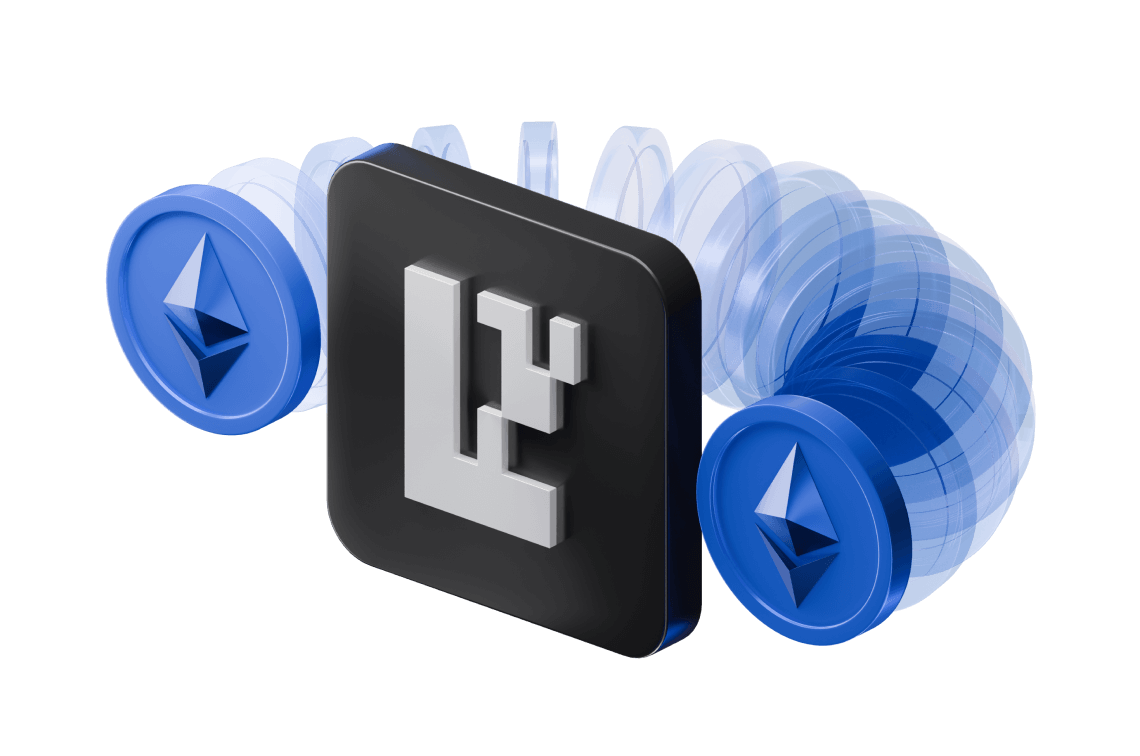
Opportunity: Increased Restaking Yields — With Fusaka expanding blobspace and enabling higher Layer 2 throughput, demand for data availability (DA) services like EigenLayer is expected to rise, potentially boosting restaking rewards for participants who secure DA for rollups.
-

Risk: Greater Technical Complexity — The introduction of Peer Data Availability Sampling (PeerDAS) and phased BPO forks increases the technical sophistication required of DA restakers, who must keep pace with evolving node software and blob verification standards.
-

Risk: Increased Competition Among Restakers — As DA restaking becomes more lucrative post-Fusaka, more participants may enter the market, leading to yield compression and requiring restakers to differentiate through reliability and performance.
-

Opportunity: Enhanced Security and Decentralization — The phased blobspace expansion and new verification mechanisms are designed to preserve Ethereum’s decentralization, offering DA restakers a more robust and secure environment to operate in.
-

Risk: Protocol and Economic Uncertainty — The gradual increase in blob capacity via BPO1 and BPO2 introduces uncertainty around fee markets, restaking economics, and potential protocol changes, requiring restakers to monitor developments closely.
The Fusaka upgrade marks a watershed moment for Ethereum rollup data availability, setting new standards for throughput while maintaining decentralization at its core. For builders and investors alike, tracking how blobspace is utilized, and restaked, in this new era will be critical to capturing value across both native L2s and emerging modular ecosystems.



